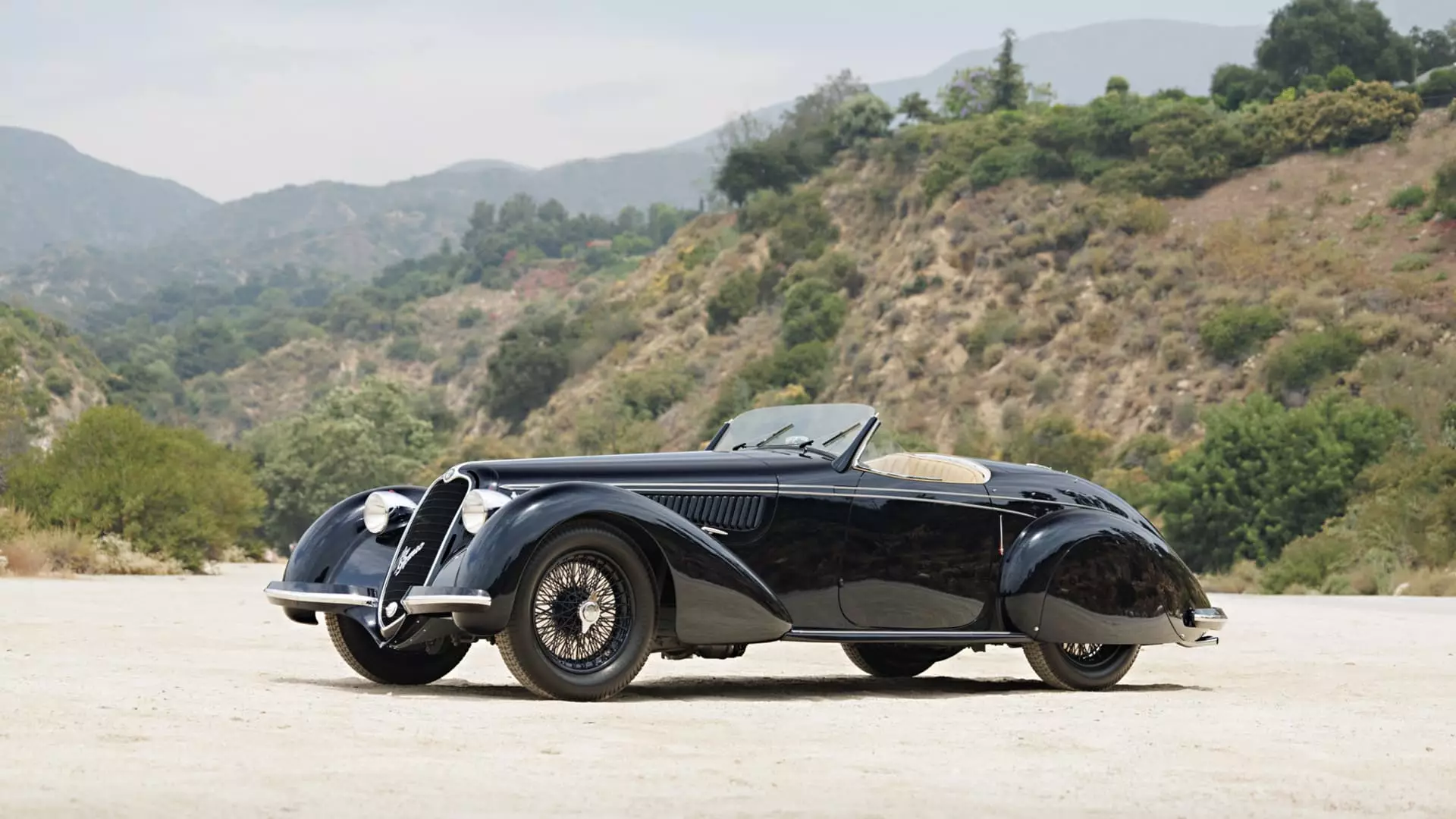The classic car auction sales during Monterey Car Week experienced a 3% decline from the previous year. This drop can be attributed to a shift in preferences among wealthy collectors, particularly the younger generation of Gen Xers and millennials. These new collectors are showing a preference for cars from the 1980s, 1990s, and 2000s, rather than the traditional classic cars from the 1950s and 1960s that have dominated the market for decades. As a result, there was a surplus of unsold classics from the older era at this year’s auctions.
One of the key issues highlighted by experts in the industry is the saturation of similar cars at multiple auctions, leading to fierce competition for buyers. This surplus of inventory has created a challenging environment for sellers, with many cars failing to find buyers. The average sell-through rate at the auctions was only 72%, indicating a struggle to match supply with demand. Dealers and collectors need to rethink their consignment strategies and consider the evolving tastes of buyers in order to navigate this competitive landscape successfully.
Impact on Market Dynamics
The market dynamics for classic car auctions are undergoing a significant transformation, with a clear divide between older and newer cars becoming more apparent. The Hagerty Supercar Index, which tracks sports cars from the 1980s through the 2000s, has seen a substantial increase in value, while the Blue Chip Index, which focuses on 1950s and 1960s classics, has experienced a decline. This shift underscores the changing preferences of collectors and the growing influence of younger buyers in shaping the market trends.
Aside from changing preferences, external factors such as high interest rates are also impacting the classic car market. Buyers at the lower end of the market who rely on financing to build their collections are facing challenges due to rising rates. On the other hand, potential buyers at the high end are reconsidering the opportunity cost of investing in classic cars versus other financial instruments that offer higher returns. This financial calculus has led many collectors to reassess their investment decisions and think twice before committing to classic car purchases.
Looking ahead, it is evident that the classic car auction scene is in a state of flux. As older collectors begin to sell off or downsize their collections, a new generation of buyers is reshaping the market dynamics. The industry is expected to continue evolving as preferences shift towards newer models and rare, exceptional pieces command top prices. In order to thrive in this changing landscape, dealers and collectors alike must adapt to the evolving tastes and preferences of the next generation of car enthusiasts.


Leave a Reply